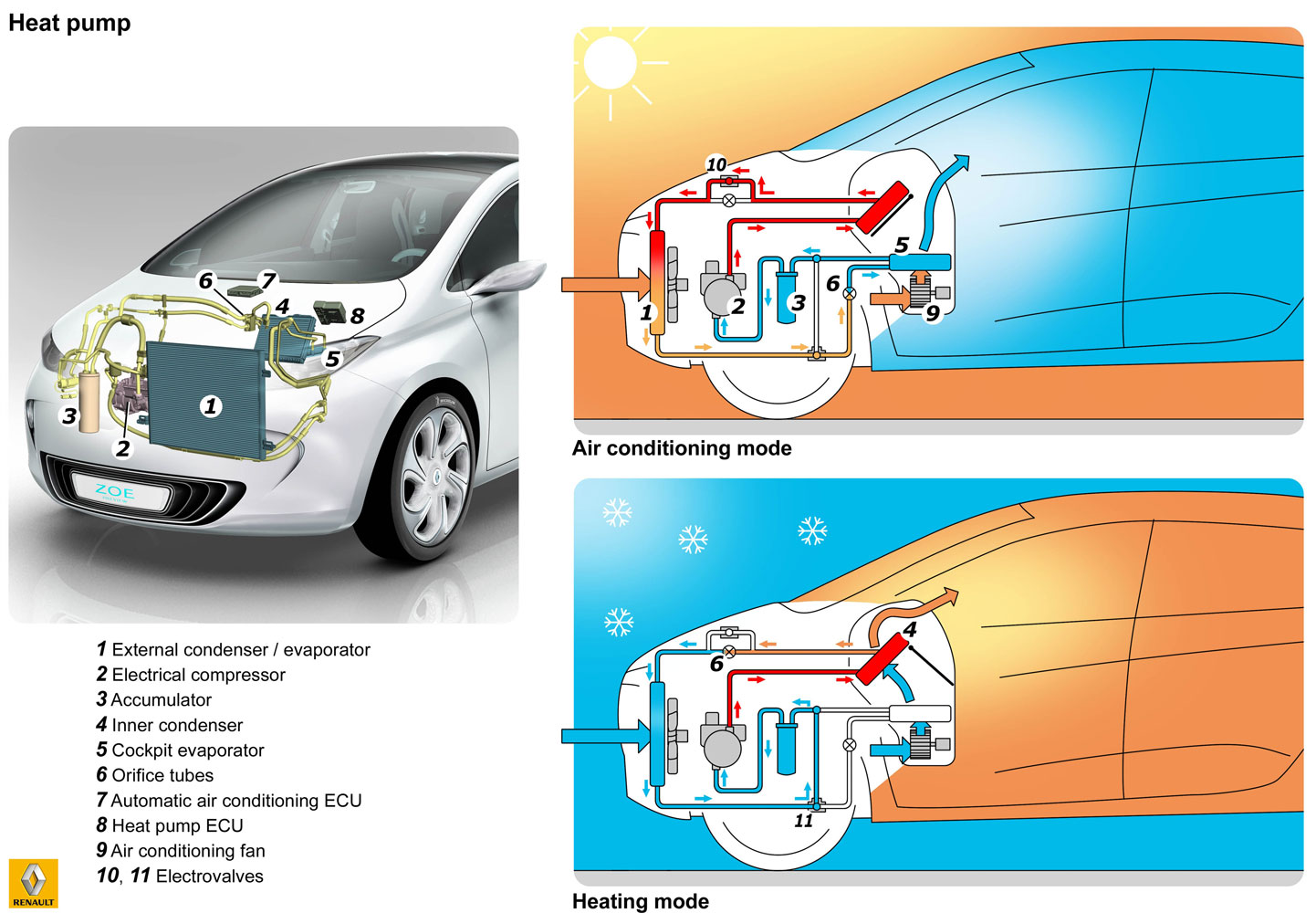Dutch forum member OlafH dissected the pedestrian horn a bit and posted this picture.


The horn is a bit hard to get to, one has to remove the front bumper to get to it. I tried to analyse it a bit. Here is a summary of the most important components. Prepare to be amazed.
SPC5602: A generic processor, though aimed at the car industry, made by NXP. It’s current id is MPC5602P. It has 64KB data flash, 20KB RAM, 256KB code flash, and a PMW generator. MPC5602P
TPA3111Q1: A 10 Watt D-class (PWM) mono audio amplifier by Texas instruments. No real surprises on this one. TPA3111D1-Q1
UJA1076A: CAN transceiver, a nifty little chip, made by NXP. It can also acts as a power supply and watchdog. UJA1076A
25P16vpa: 16Mbit (2MB) flash memory, made by ST Microelectronics. I bet the sound files are stored here. Enough for 2 minutes mp3 encoded data or 12 seconds of raw sound files. 25P16vpa
1334A: Stereo DAC. Hell, this horn is CD quality, they didn’t even use the PMW output of the main processor!!!! Also NXP. 1334A
7342: Dual hexfet. Basically an on-off switch, by International Rectifier, now Infineon: 7342
The horn resells for about 180 Euros. It is hooked up to the Electro CANbus, power, and a few more wires. While I haven’t touched it myself yet, I bet the sound selector push-button is wired directly to it.
By the way. Another name for a Pedestrian Horn is Vehicle Sound for Pedestrians or VSP, though this is officially a Nissan name and developed system.
Edit: Matthew posted a link to an in depth description of ZOE’s VSP in the comments. I’ve copied the file here on the CanZE blog should the link go dead. Thank you Mathew.
Edit: Thanks you Rudi42 for the additional picture of the location, and of course the custom project.










